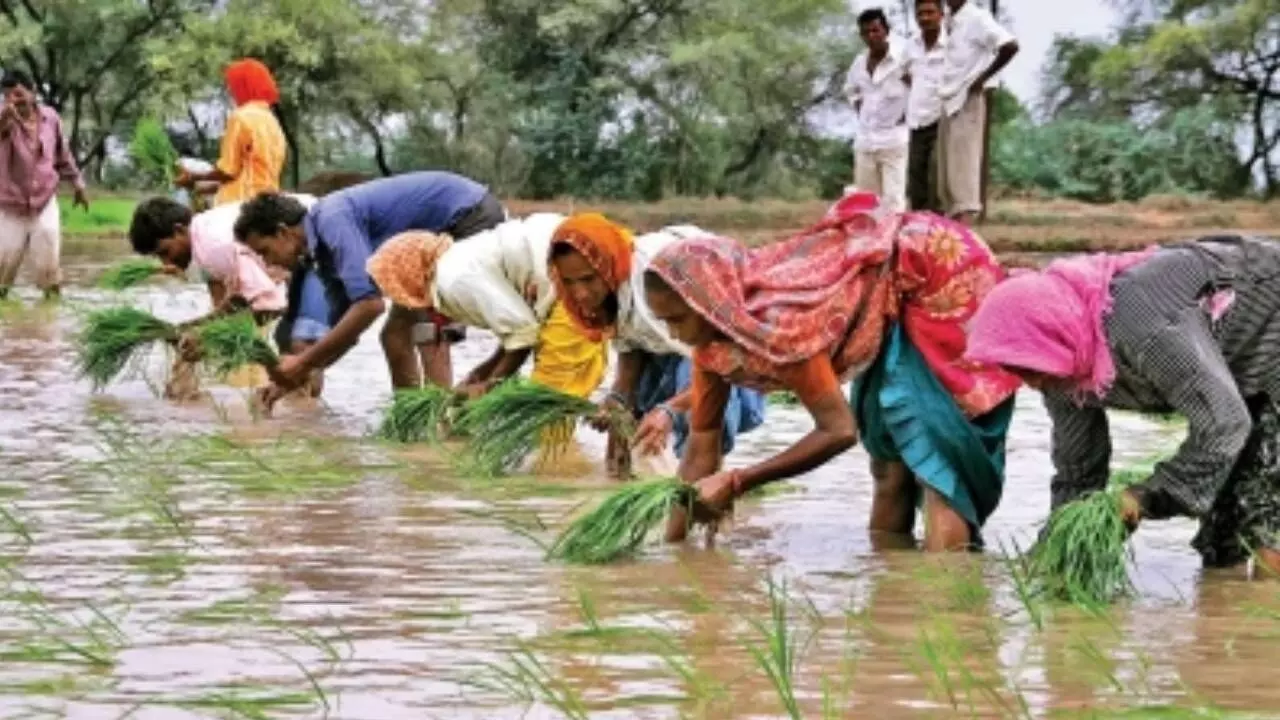Reforms will make rationalization of farm schemes more efficient
The government’s decision to rationalize all Centrally sponsored schemes (CSSs) under the Ministry of Agriculture & Farmer into two umbrella schemes has come at the right time
image for illustrative purpose

The government’s decision to rationalize all Centrally sponsored schemes (CSSs) under the Ministry of Agriculture & Farmer into two umbrella schemes has come at the right time. The farm sector, while critical for the growth of the entire economy, remains a laggard, employing about half of the working population but contributing less than one-fifth to the gross domestic product (GDP).
The premise is that the two umbrella schemes, Pradhan Mantri Rashtriya Krishi Vikas Yojana (PM-RKVY) and Krishonnati Yojana (KY), will promote sustainable agriculture and address the issues of food security and agricultural self-sufficiency, respectively. It’s a reasonable premise but everything will depend on execution.
By this rationalization, the government intends to avoid duplication, ensure convergence, and provide flexibility to states. It also hopes to face the new challenges of nutrition security, sustainability, climate resilience, value chain development, and private sector participation. The Central government hopes that states will be able to draw a comprehensive strategic plan suiting their requirements for agriculture.
Also, the Centre is of the view that in PM-RKVY, state governments will now have flexibility to re-allocate funds from one component to another based on their state specific requirements. All these need to be supported; this may involve various changes which may be in terms of legislation, rules, and regulations.
While PM-RKVY and Krishonnati Yojana provide critical support to farmers, economic reforms are the sine qua non of the transformation of Indian agriculture. The removal of restrictions on agricultural markets, including the creation of a unified national market, would give farmers better price realization and reduce the role of intermediaries.
Agricultural subsidies ought to be rationalized as well so that the focus is more on outcomes and efficiency rather than blanket support. This would not only ensure that resources are properly directed but also reduce the burden on the taxpayer, for subsidies also deplete the public exchequer. Investments in rural infrastructure, particularly in roads, storage, and irrigation, are also essential to reduce post-harvest losses and improve market access.
The promotion of agro-industrial linkages through public-private partnerships is also imperative. Further, agri-tech startups, which can create new opportunities for farmers, must be encouraged and supported. Technology-driven interventions, such as precision farming, digitization, and blockchain, can enhance supply chain transparency and boost productivity.
All these things sound very good but their incorporation into the farm sector presupposes some judiciousness and commitment on the part of states—and this is where the shoe pinches. State governments, under all political parties, often prioritize short-term populist measures like farm loan waivers and freebies over agricultural reforms. Such populist measures burden state finances, diverting funds from long-term investments in critical areas such as irrigation, infrastructure, and technology adoption.
The worst features of populism can be reined in only if there is a political consensus among all parties on the subject. They must agree to avoid indulging in competitive populism. Without such an understanding (even if it is tacit), they will continue with these tactics for electoral gains, thus perpetuating a cycle of inefficiency.
PM-RKVY and Krishonnati Yojana are valuable schemes that aim to transform Indian agriculture. However, their success depends on robust economic reforms that address the deep-rooted challenges in the sector. Comprehensive reforms in market structures, subsidies, and rural infrastructure are essential to unlock the full potential of these schemes and ensure sustainable agricultural growth in India.

